
OR
Shortage of doctors
There should be a minimum of 2.3 health workers for every 1,000 people, according to the World Health Organization. Nepal has just 0.67 health workers per 1,000 people. If we take only certified medical doctors, there are 0.17 of them for every 1,000 Nepalis. This suggests that there is a serious shortage of trained medical professionals in Nepal. As a result, it is only natural that most of our hospitals and healthcare centers struggle to cater to all those who seek treatment there. But this is not the only reason why there are no trained medical personnel in dozens of district hospitals and thousands of healthcare centers. For instance the positions of around 21,500 healthcare personnel, including 675 doctors, are currently vacant across the country. Yes, we don’t have enough healthcare personnel. But even so there would not be such a severe shortage at our health institutions if those posted dutifully worked in their designated work stations. According to Health Ministry, most doctors posted in rural areas, or even those posted outside Kathmandu Valley, refuse to go as they want to maximize their earnings and partake of the all the amenities available in the nation’s capital.
Interestingly, the government already provides additional facilities to the doctors and staff nurses willing to work in remote areas. Additionally, their rural experience makes them eligible for scholarships in their further studies. As per Health Minister Gagan Thapa more goodies will soon be made available to those willing to serve in the outskirts. He says the zonal hospitals will be upgraded to teaching hospitals and every year they will produce around 500 postgraduate doctors.
These doctors, on their graduation, will have to serve in rural areas for at least five years. But Thapa’s assurances don’t sound credible. The Kathmandu-based private hospitals are getting increasingly sophisticated, both in terms of their equipment and treatment options, which means in the days ahead they will attract most of the well-to-do patients. And as rich patients flock there, these hospitals will increasingly be able to lure talented medical personnel with handsome pay and perks.
In that case, our doctors and nurses will have even less incentive to work outside Kathmandu.
Similarly, the trend of Nepali doctors settling in Western countries, where they can earn many times what they can make in Nepal, is also likely to grow.
This is why the kind of medical education reform that Dr Govinda KC has been campaigning for is so vital. If the recommendations of the Mathema committee that was set up for medical education reform in line with Dr KC’s demands can be implemented, it will bring a sea change in how medicine is practiced in Nepal. There will be more medical colleges in remote regions. Since there will be a reasonable cap on the amount of fees these colleges can charge their students, these students after graduating won’t be solely focused on ‘recouping their investment’, which is one reason why feel they need to work in Kathmandu. There will, moreover, be more rigorous monitoring of our medical establishments, both private and public, against medical malpractices like doctor absenteeism. So instead of piecemeal approaches, Minister Thapa and his government should instead be striving for wholesale implementation of the Mathema committee report. When the whole system is rotten, a few tweaks here and there won’t suffice.
You May Like This
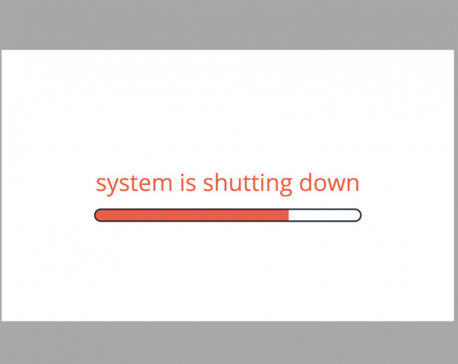
System failure
We built a system to get away from paperwork but it created dependency of another kind ... Read More...
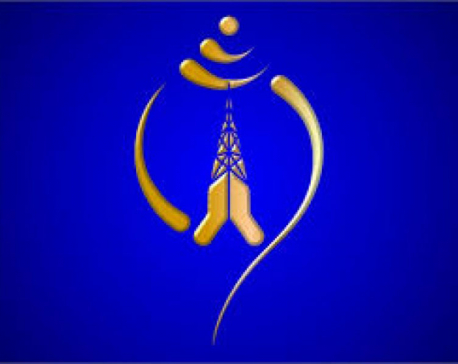
NT bringing loan system for balance
KATHMANDU, Jan 9: Nepal Telecom (NT) has finalized its preparations for a loan system to its GSM prepaid users. ... Read More...

Rotten system
Every day, one Nepali migrant worker dies in Malaysia. A Nepali worker dies every alternate day in Qatar while they... Read More...



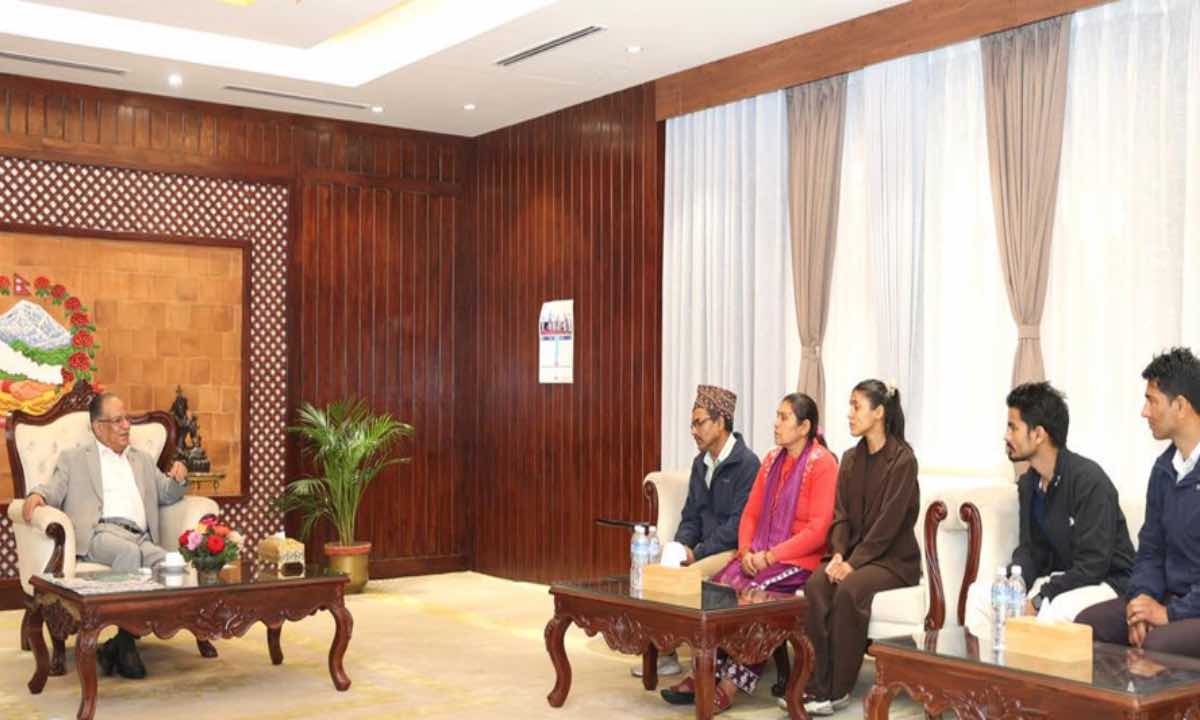
Just In
- Chemical fertilizers imported from China being transported to Kathmandu
- Man dies in motorcycle accident in Dhanusha
- Nepal face early setback as four wickets fall in powerplay against UAE
- Australian unemployment rate rises to 3.8 percent in March
- Gold price increases by Rs 700 per tola
- Fire destroys wheat crop in Kanchanpur, Kailali
- Bipin Joshi's family meets PM Dahal
- State Affairs and Good Governance Committee meeting today










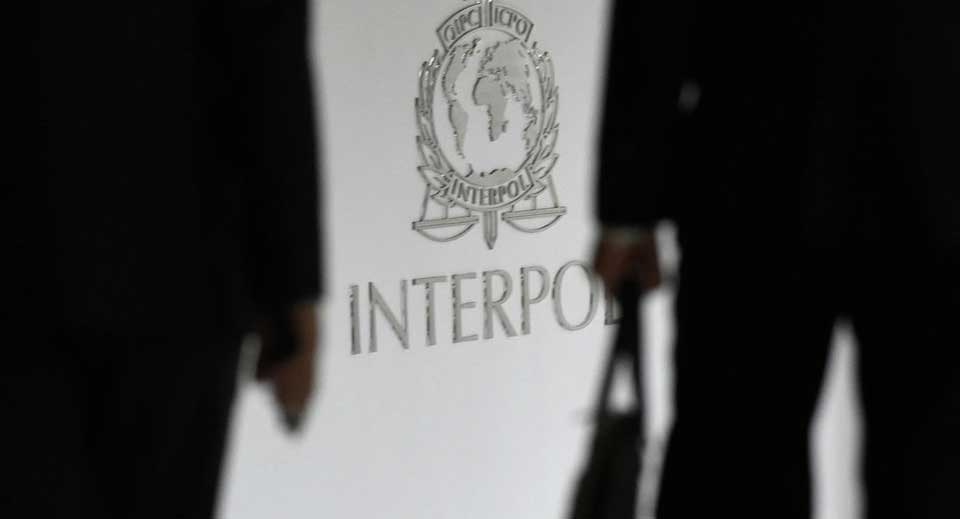


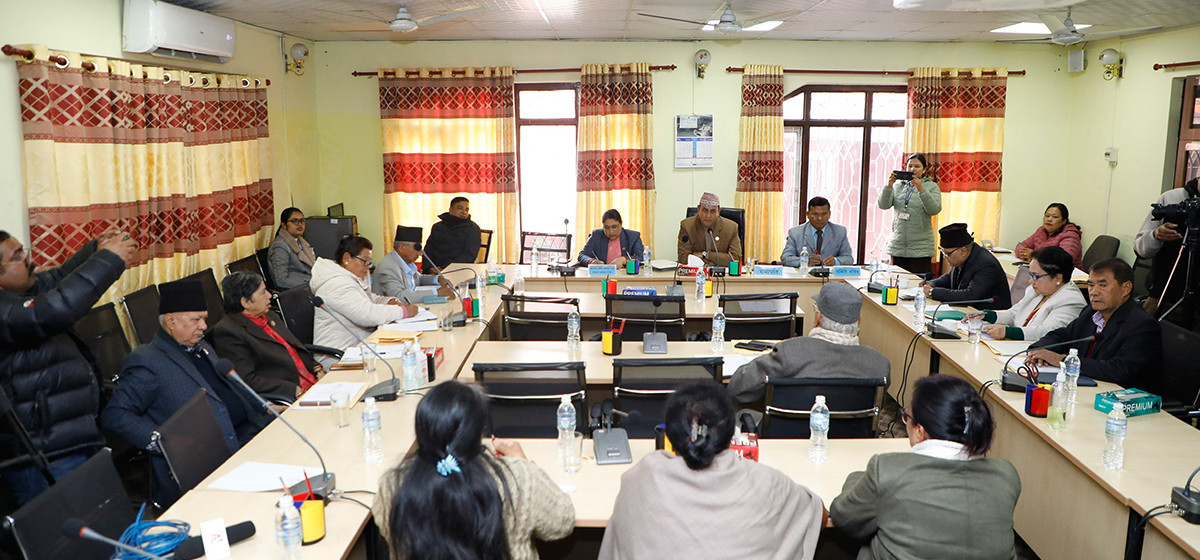
Leave A Comment